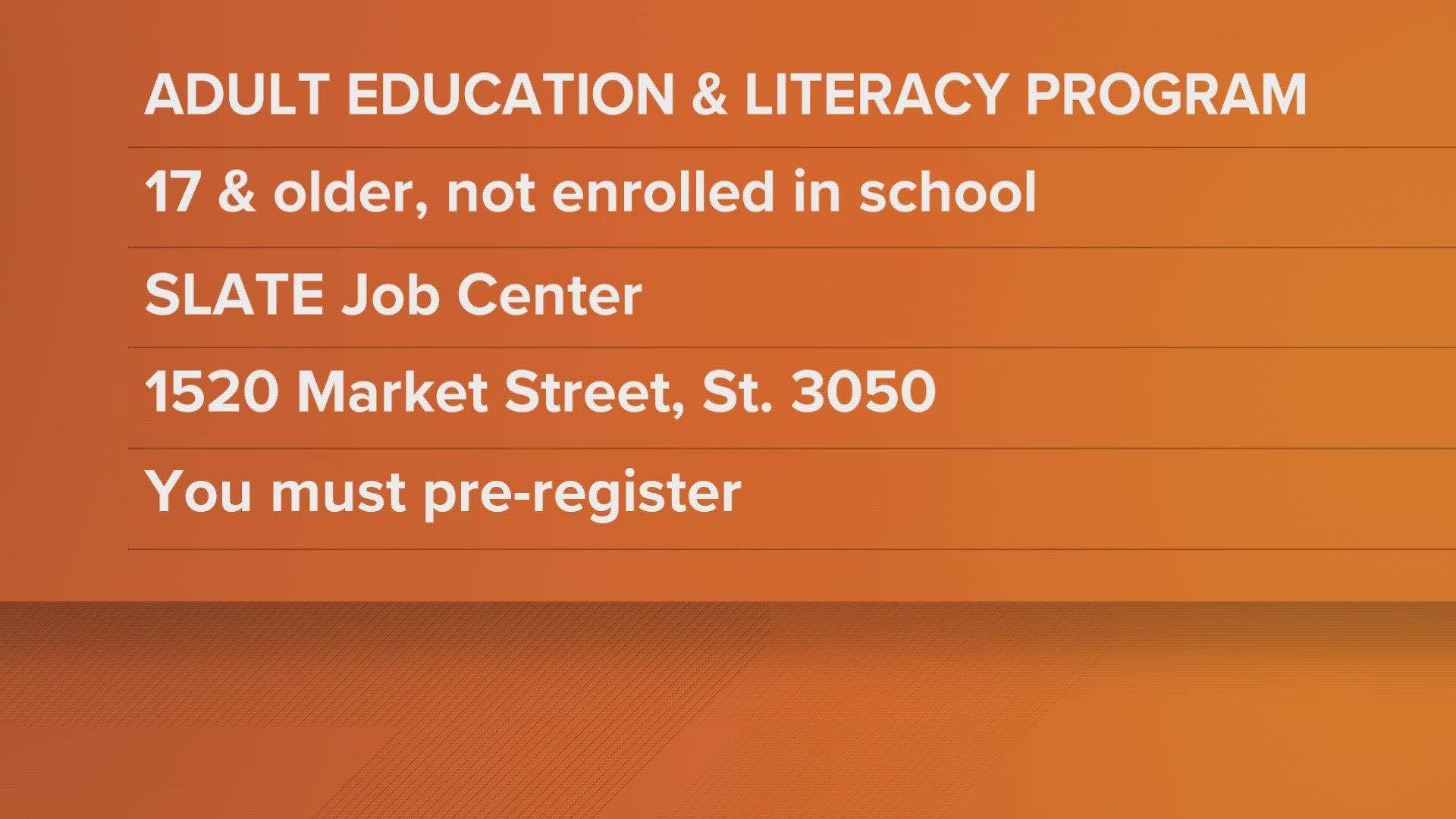The Home Affordable Refinance Program (HARP) has arguably been one of the most successful programs to assist homeowners affected by the subprime mortgage crisis. The HARP website claims that over 3.4 million homeowners have been assisted by the program, with around 1 million of those homeowners having been underwater (owing more on their home than it is currently worth).
HARP was created to help homeowners who were in decent enough financial shape to avoid foreclosure, but who were unable to secure refinancing because the drop in their home values left them underwater or otherwise unable to meet traditional criteria. HARP does not reduce the amount of principal owed, but it does rework the terms in order to secure better interest rates, lower monthly payments, or save on collective interest.
Many homeowners who can take advantage of HARP refinancing have already done so. However, there are probably still some homeowners who are not aware that they qualify for the HARP program, or who did not qualify under the original terms but do under the revisions of the last few years.
If you qualify for the program and have not yet refinanced, you have until the end of September 2017 to complete your refinancing effort. To qualify for HARP, you must meet the following criteria:
- Fannie/Freddie Involvement – Your mortgage must either be guaranteed or owned by Freddie Mac or Fannie Mae, and it must have been in Fannie's or Freddie's possession on or before May 31st, 2009. Fannie Mae and Freddie Mac both have loan lookup links on their websites if you are not sure that your loan is held by one of those entities.The loan cannot have previous HARP refinancing, with the exception of Fannie Mae loans that were refinanced between March and May of 2009.
- Current Payments – Your payment history must be solid, with no late payments within the previous 6 months and only one late payment allowed within 12 months. Missed payments are not allowed.
- Loan-to-Value (LTV) Ratio – LTV quotients as low as 80% may be accepted. Since the program is targeted toward securing better rates and improving long-term affordability for underwater homeowners, LTV ratios over 100% are common.
- Ability to Pay – As with any other loan, you must demonstrate the ability to repay the loan under the new terms. There is no limit on the debt-to-income (DTI) ratio that precludes you from qualifying through HARP, but a lender may still decide that you have insufficient income or too large of an overall debt burden. If you want to reduce your interest payments and lower your debt, try the free Debt Optimizer by MoneyTips.
If you believe that you may qualify, check with your current lender/mortgage servicer to see if they participate in the HARP program and investigate your refinancing options. It is wise to check rates and costs with other lenders to get the best terms possible. Mortgage refinancing calculators are available online for you to test different rates and terms and verify the best deal for your situation. MoneyTips is happy to help you get free refinance quotes from top lenders.
When speaking to a lender, you will need your previous year's income tax return and the minimum account balances and monthly payments on all debts, including credit cards. If you have any other liens, you will need to pass along that information as well.
More details on the program may be found at harp.gov.
There are less than 100 days left before the HARP deadline on September 30, 2017, so time is running out to take advantage of this program. HARP could lower your monthly payments or save you significant money in interest charges over the life of your mortgage. Do not place your hope in HARP receiving another extension, especially not in this political climate.
This article was provided by our partners at moneytips.com.
To Read More From MoneyTips:
Photo ©iStockphoto.com/monkeybusinessimages


